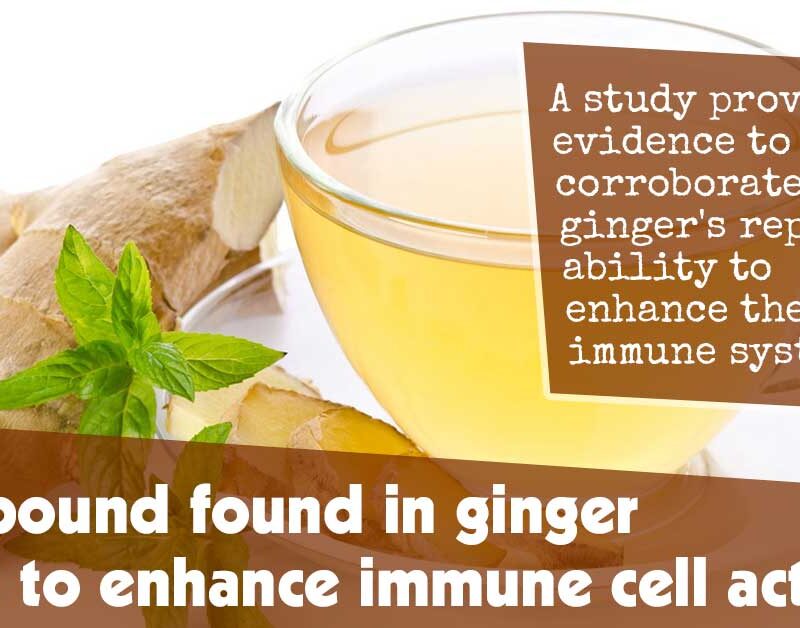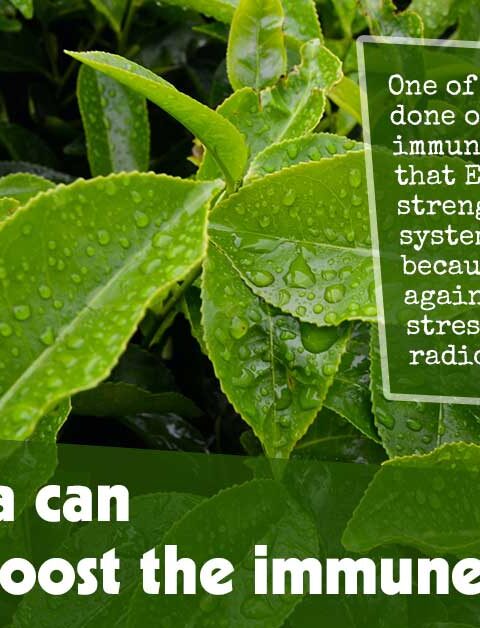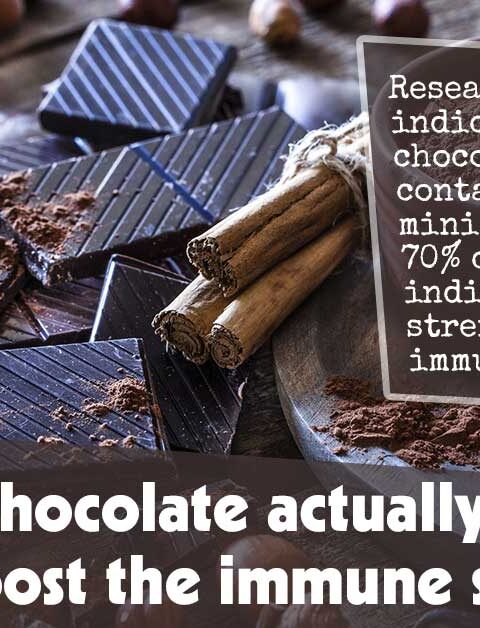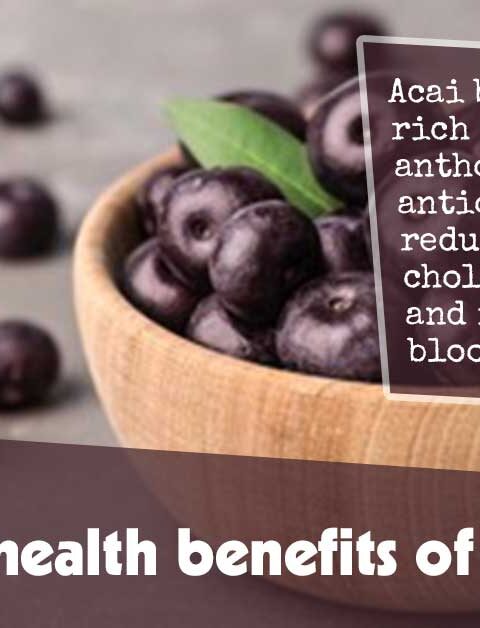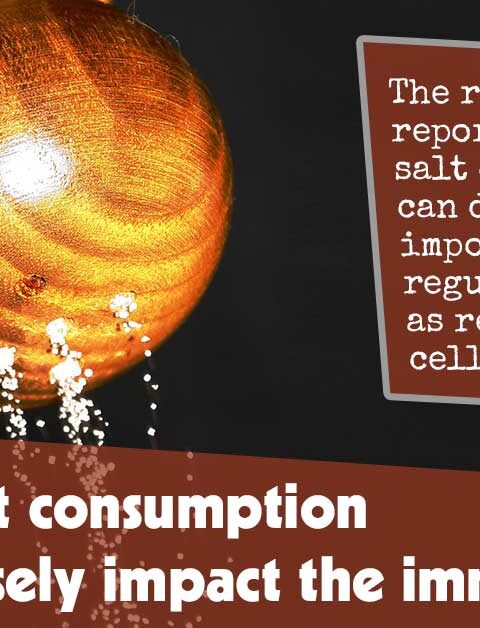Ginger has long been used as part of traditional medicine to strengthen immunity and has recently been verified in a study that offers evidence in support of this claim.
Laboratory tests demonstrate that even small doses of an active component found in ginger can encourage white blood cells to become more responsive, increasing their responsiveness.
Research further demonstrates that this effect is caused by a type of receptor responsible for heat pain sensation and spicy food sensuality.
Though ginger consumption has steadily increased over the past decade, its benefits remain unclear and its molecular mechanisms and compounds involved are unknown.
Researchers conducted an in-depth analysis to shed light on these questions, beginning with the results of an earlier preliminary study. According to this research, many pungent compounds found in ginger tea enter the bloodstream approximately 30-60 minutes post consumption – specifically 6-gingerol compound at levels between 7-17 micrograms/liter of blood plasma concentration.
Participants in the preliminary study consumed one L of ginger tea within 20 minutes prior to eating anything. This tea consisted of 100 g of freshly crushed and peeled Chinese ginger steeped for 15 minutes in one L of boiling water before being added as an ingredient in 1 L of boiling water for steeping.
Filtered ginger tea infusion was then used to eliminate insoluble elements, with researchers noting that pungent gingerol plasma concentrations typically peaked approximately 30- 60 minutes post consumption by participants.
Pungent ginger and chili compounds exert their “taste” effect via an ion channel known as the TRPV1 receptor, located on nerve cell surfaces and responding to painful stimuli from heat as well as pungent compounds such as 6-gingerol. Due to some studies indicating white blood cells also contain this receptor, researchers conducted tests on 6-gingerol to see whether its activity had an impact on immune cell activity.
First, neutrophil granulocytes containing neutrophil receptors were identified. These cells are designed to defend against invading bacteria and make up approximately two thirds of white blood cells. Laboratory tests also demonstrated that even at concentrations as low as 15 micrograms/liter, 6-gingerol can put cells into high alert.
So, in comparison with control cells, those exposed to 6-gingerol showed approximately 30% greater reaction to an infection-simulating peptide, although its effect could be mitigated with the inclusion of a TRPV1 receptor inhibitor.
6-gingerol has been shown to influence immune cell activity through TRPV1 receptors in laboratory tests at very low concentrations; such levels could theoretically be achieved by drinking around one L of ginger tea daily.
Results support the hypothesis that eating normal quantities of ginger could help modify immune system cell responses and suppress inflammation, yet many questions exist on medical, epidemiological, and molecular levels that must be answered using modern health and food research.

